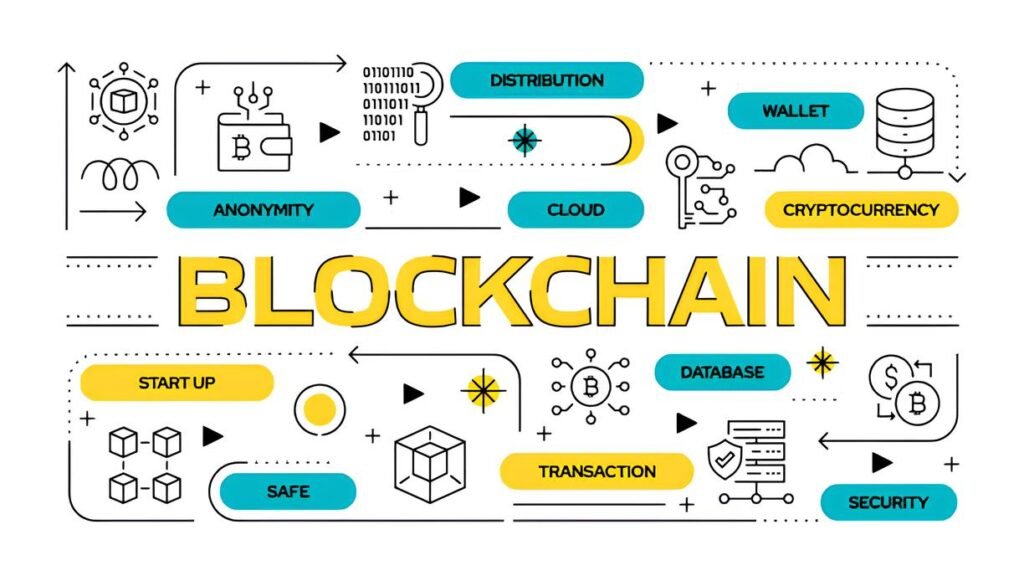Imagine relying on a secret doorway to access the internet’s most private spaces, only to realize that this doorway might have an unseen watcher peeking through. Thousands of users worldwide trust Tor bridges—special entry points designed to bypass censorship and conceal usage—to mask their online footprints. But what happens when the very tools built to protect your privacy become compromised?
Whether you’re an activist in a repressive regime, a journalist seeking to communicate safely, or just someone who values their anonymity, understanding how your Tor bridge might be vulnerable is essential. You might be surprised how subtle attacks or surveillance strategies can infiltrate what feels like a secure tunnel.
In This Article
- How Tor Bridges Work and Why They Matter
- Signs Your Tor Bridge Might Be Compromised
- Common Attack Vectors Risking Your Bridge
- Real-World Examples of Bridge Compromise
- How to Protect Yourself When Using Bridges
- Bridges vs. Pluggable Transports: What Difference Does It Make?
- Thoughts on Bridge Security in 2025 and Beyond
How Tor Bridges Work and Why They Matter
Tor bridges are specialized relays that are not listed in the main Tor directory. They serve as hidden entry points for users whose internet service providers (ISPs) or governments block access to the public Tor network. Without bridges, users in highly censored areas might never connect to Tor at all.
Think of bridges as discreet backdoors into an otherwise guarded mansion. While the mansion’s main entrances might be watched or locked down, these secret backdoors allow trusted guests to slip in unnoticed. However, the invisibility of these doors depends entirely on secrecy and trusted use.
There are various types of bridges—from basic obfs4 bridges to less common variants deploying pluggable transports designed to conceal traffic characteristics. The aim: to blend Tor traffic in with normal internet traffic so as to avoid drawing suspicion.
Signs Your Tor Bridge Might Be Compromised
Using a compromised bridge can seriously degrade your privacy and security. But how do you know if your bridge is no longer trustworthy? Here are some red flags:
- Unexpected connection failures: Sudden inability to connect through your usual bridge might indicate blocking or targeted surveillance.
- Bridges slow down considerably: If your connection speed tanks or circuits are frequently dropped, it could suggest that exit nodes or entry points are being interfered with.
- Repeated TLS handshake failures: Tor protocols rely on cryptographic handshakes. Persistent handshake errors might point to man-in-the-middle interception attempts.
- Unusual IP addresses or locations: If your known bridges suddenly resolve to strange or new IP addresses, they could be impersonated or replaced by adversaries.
- Consistent deanonymization attempts: Activity such as unexpected requests for personal data, fingerprinting signs, or surveillance reports from your region can suggest compromise.
Pay close attention—sometimes these signs are subtle, like increased latency or strange errors in Tor’s log files. Monitoring these can be your early warning system.
Common Attack Vectors Risking Your Bridge
While Tor’s design is robust, bridges themselves have attack surfaces. Understanding these risks can help you avoid walking into traps.
- Bridge enumeration and blocking: Adversaries often scan IP ranges to identify and block bridges. Once found, publicly known bridges are blacklisted and become useless for censorship circumvention.
- Malicious bridge operators: If a bridge is run by an attacker or compromised by law enforcement or hostile actors, they can perform traffic analysis or facilitate timing correlation attacks.
- Middleman attacks: Attackers intercept handshake processes or relay traffic to identify users, sometimes injecting protocols designed to fingerprint or de-anonymize.
- Fingerprinting pluggable transports: Certain pluggable transports possess unique traffic patterns, which can make them fingerprintable and vulnerable to DPI (Deep Packet Inspection) filtering or surveillance.
- IP drifts and false flags: Bridges sometimes change IP addresses, which attackers can mimic to lure users to malicious bridges.
Even trusted bridges are only as safe as their operators and hosting environment. Avoid bridges distributed on public forums or unsolicited sources—stick with official or verified lists.
Real-World Examples of Bridge Compromise
History offers several eye-opening incidents where Tor bridges were targeted:
- China’s Great Firewall: By continuously scanning for and blocking known bridge IPs, the GFW forced Tor developers to update transport methods regularly, highlighting how bridges can become ineffective without active maintenance.
- Russia’s advanced DPI systems: Researchers documented instances of DPI-based fingerprinting that identified and blocked pluggable transport traffic, effectively narrowing the corridors Tor bridges operate through.
- Malicious relay discoveries: The Tor project has publicly exposed bridges and relays run by hostile actors attempting traffic correlation attacks—offering a stark reminder that not all relays are beneficial.
Efforts like gatekeeper bridges, private bridge distributions, and bridge pools attempt to mitigate these risks but are not foolproof. Maintaining operational security and up-to-date bridge lists is critical.
How to Protect Yourself When Using Bridges
Although the risk is real, you can take proactive steps to defend your anonymity:
- Obtain bridges from trusted sources: Use official Tor Project channels or authenticated sources rather than random forums or public lists.
- Switch bridges periodically: Rotating bridges reduces exposure time and scope for attackers to block or compromise them.
- Leverage pluggable transports wisely: Obfs4 and other transports like meek or snowflake mask traffic patterns, but keep an eye on updates for vulnerabilities.
- Use a VPN before Tor (Tor over VPN): This adds a protective layer in front of your bridge, hiding your use of Tor from your ISP and some network monitors—explored in detail in our article on how Tor over VPN differs from VPN over Tor in real use.
- Employ operating systems designed for Tor security: Systems like Tails or Whonix can prevent leaks outside the Tor environment, protecting against DNS or traffic leaks.
Want maximum protection? Combine bridges with pluggable transports on a clean OS and ROUTE DNS and all traffic explicitly to avoid accidental leaks.
Bridges vs. Pluggable Transports: What Difference Does It Make?
Bridges and pluggable transports often work hand in hand, but they’re not the same thing.
A bridge is a relay to connect to the Tor network when it’s blocked. A pluggable transport modifies how traffic between your client and the bridge looks, disguising it from censorship or traffic analysis tools.
For example, the popular obfs4 transport scrambles traffic to look like random noise rather than typical Tor connections, making it harder for DPI systems to detect. Others like meek route Tor traffic through third-party services (think cloud platforms) to disguise destination IPs and circumvent blocks.
Choosing the right bridge combined with a strong transport is vital. Some bridges support only certain transports—and some transports are easier to block once fingerprinted. Knowing your threat model helps pick the right tool.
Thoughts on Bridge Security in 2025 and Beyond
Relying on Tor bridges demands more than just picking an IP and hitting “connect.” The cat-and-mouse game between censoring authorities, hostile attackers, and privacy advocates constantly evolves. What worked yesterday might be compromised tomorrow.
To safeguard anonymity:
- Stay informed about new bridge types and pluggable transports.
- Follow updates from trusted sources like the Tor Project.
- Adopt layered defenses beyond bridges, including secure operating systems, trusted VPNs, and strict OpSec routines.
Bridges are powerful tools—when used wisely. But remember, your digital shadow often starts not at the bridge but before you even set foot on the Tor network. We recommend exploring how to practice good “data hygiene” across devices to reduce risk and maximize your privacy footprint.
The road to true anonymity is winding, and the path bridges provide are just one safety rail. Understanding their vulnerabilities, maintaining vigilance, and adapting to new threats will keep you a step ahead of those trying to compromise your privacy.


